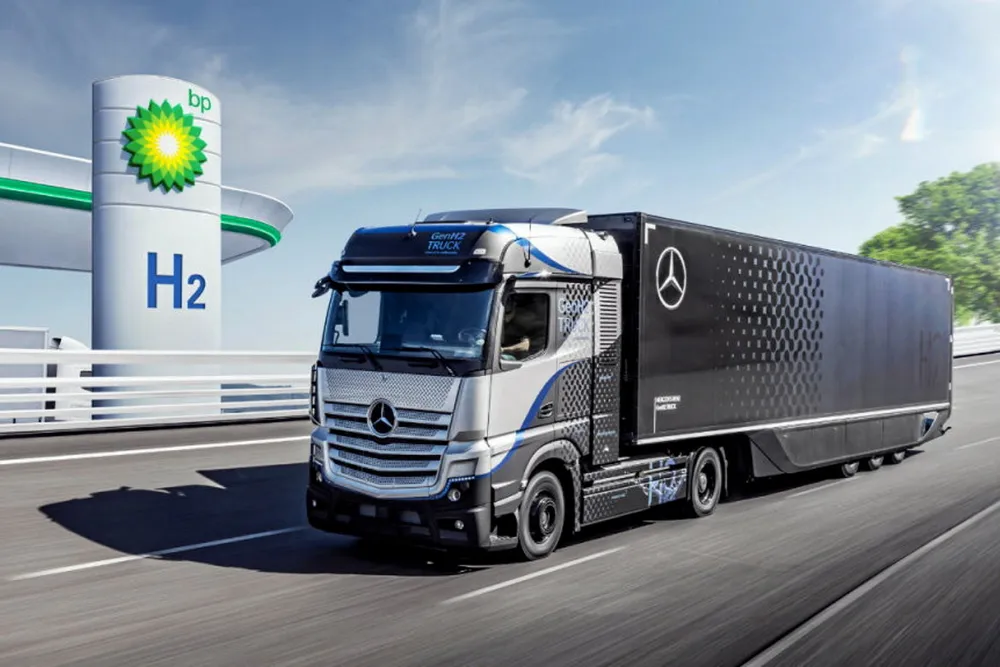BP Energy Outlook | How will clean hydrogen be produced, traded and used in 2030 and 2050?
Green and blue H2 will play a 'critical role' in decarbonising chemicals, steel, shipping, aviation and trucking sectors — but not for cars, says UK oil major

Green and blue H2 will play a 'critical role' in decarbonising chemicals, steel, shipping, aviation and trucking sectors — but not for cars, says UK oil major
